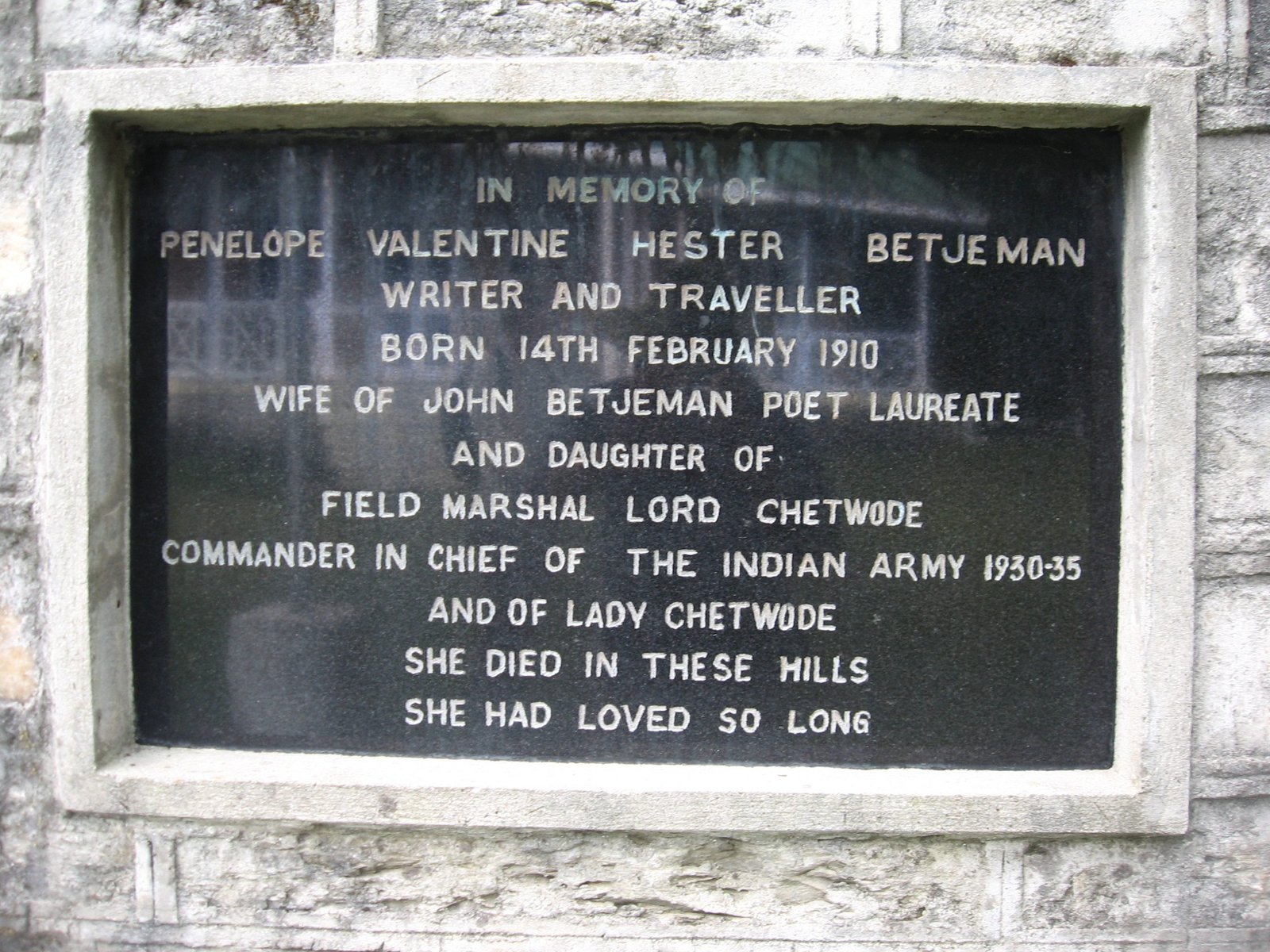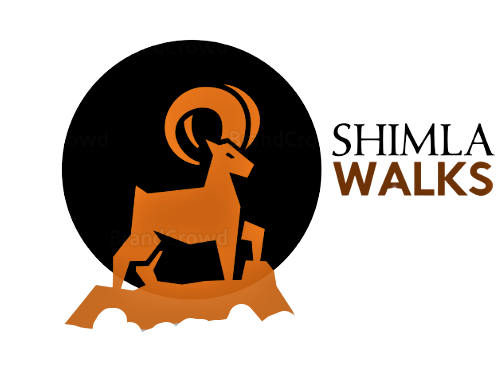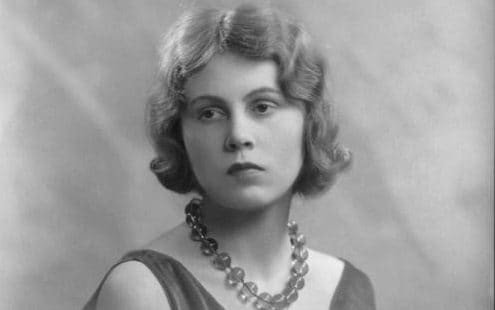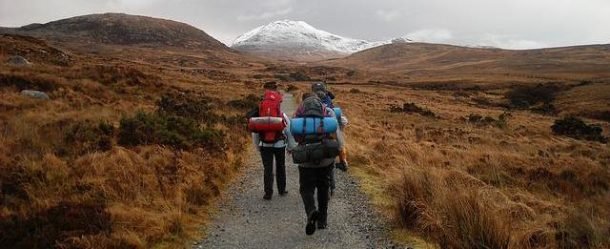I have been traveling regularly on this road from Shimla to Narkanda and then over Jalori Pass. It is good to have a window seat and enjoy the views of the Himalayan landscape. But you do not have that intensity of enjoyment in these closed vehicles that you can have while riding a horse or a mule or on foot. There was a time when there were no cars on this road and people either walked or used mules or horses. In 1963, Penelope Chetwode was the last English woman to travel from Shimla to Kullu on a mule. An English woman, in those days on a mule trek with no companion, was a surprise for the locals. A local helper Bhagat Ram from Sanjauli, a suburb of Shimla, was there with her. She affectionately called him BR who always walked behind her mule holding the rein of another mule loaded with her luggage and provisions. She, very lovingly named her mules Bhalu (the bear), whom she rode, and Ullu (the owl) that carried her stuff. Bhagvat Ram as a local man had named them Shanti and Durgi. The two ponies and BR costed her Rupees twenty per day plus her own keep on top.

An extract from the introduction of her book, Kullu – The End of the Habitable World :
I told Devan Chopra that forty rupees a day (then L3) for two ponies with me on keep and on top of that was out of question and asked him if mules would be cheaper and whether he knew where to hire some. He promised to approach a merchant freind of his in San Jauli, a mile to the north east of Simla, and a week later took me to see Sri Milku Ram in his little grocer’s shop in the bazaar there. The upshot of our interview was that this nice, white haired and honourable old gentleman agreed to let me have two mules for twenty rupees a day for a period of four weeks.
I next set about the preparations, which most unfortunately could not include the purchase of maps as all the large scale editions have had to be withdrawn by the government because of the ever-present fear of another Chinese invasion.
I went to the Mall and bought a good supply of tinned food from Gaind Mal Hem Raj’s excellent store, together with a packet of candles, several packets of biscuits and slab of chocolate, and an oblong cake called ‘Rich Fruit Bar’. After this I went to another shop where I bought two roomy canvas haversacks to act as saddlebags, and the I began to complicated task of trying to get permits to stay in the bungalows en route’.
To book Acommodation at Forest Rest Houses
In Shimla, she had to run from pillar to post to obtain a slip for a large-scale Rest House where she was going to stay during her journey. She could manage to get the slip only for one rest house. Because the authorities already had wasted a northeast so she took the risk of traveling without booking any accommodation for her.
She says in her book, ‘Apart from the old hotels in most of the chief towns and tourists centres in India, the traveller mist rely on the old dak bungalows, which are liberally scattered all over the plains and the hills. Owing to the great influx of tourists and holiday makers in the Western Himalaya in recent years the government has added to the number of dak bungalow by building a lot of special tourist bungalows, and all of them, both old and new, are listed as Class 1, 2, 3 buy the National Trust Board, and preferably a permit should be obtained in advance if one wants to stain in one for a night. But, oh, the difficulty of finding our under whose jurisdiction a particular bungalow comes! Some belong to the Public Works Department, some to the Legal Department (when they are known as Circuit House’ and are very superior Class 1), some to the Forest Department, other to the Tourist Board; yet other are known as ‘Civil rest-houses’ and the Lord only knows who is entitled to issue a chit for them.’
She arrived at many rest houses chit less but looking at the English Memsahib arriving on mule all the way from Shimla in those remote areas the chowkidar immediately opened a room for her. In some of the rest houses which were graded as third-class there were no provisions with the chowkidar and no grocery shops in the close proximity. The rooms had the attached washrooms with an additional door opening to the rear side. There was no water in the bathrooms which were fitted with dry toilets – a hole in the ground. Logfire in the lawns of the rest houses was used to warm up the water for bathing and to be used in the washrooms. The tinned food that she had brought from the shop of Gainda Mall Hem Raj at the Mall in Simla provided some help.
On the road from Shimla to Narkanda some traffic of Indian Army vehicles did disturb. After Narkanda she followed the trail leading down to Kumarsain, Sainj and then to Luhri. The road in the Outer and Inner Seraj originally was through the villages of Dalash and Kot to Jalori Pass at the elevation of 10,000 feet, but she followed the present road built in the year of 1912 by Mr. Willie Donald, who owned a large amount of Property in Kullu.
Penelope had arrived in India at the age of seventeen and immediately fell in love with this country. She already had traveled on this route on a mule with her mother in 1931 when her father was the Commander in Chiof the British Army in India. The tour was well organized by the ADC of her father. Years later, she returned to India to cover this trek on a mule from Simla to Kullu, on her own. On this journey, she had some lovely experiences that she talks about in her famous book – Kullu The End of the Habitable World. The most terrible experience was when at a Rest House in Aut in Kullu Valley a young India Forest Officer, on seeing a white woman traveling alone intended to sleep with her. She told him that she was the age of his mother and the young officer went away.
Later she brought some tourist groups to this part of the Himalayas and led them on this trek, some by car and some on foot. People loved her work as a Guide and a tour leader and loved her determination in life. Now with time, money has arrived in this area and a large number of homestays have sprung up on this route which can be booked online. The rooms have clean beds and running hot and cold water all the time with modern bathrooms. For food, a large number of dhabas – and the restaurants are there at every corner. Still, it is understood that the locals, running these restaurants need to learn a lot to serve and behave as the new generation is more friendly with their cell phones than with the customers. Television has also become a necessary part of these units whereas Penelope never preferred it to the scenery around. No more people are willing to travel on a mule as the road now is constantly hit by the rushing modern vehicles.

Her Death in Kullu Hills
Penelope, one day in 1986 while traveling in this area, wished to visit a temple in village Mutisher, near village Dalash. After making the visit while on return she rested her head against the wall and passed away. The nurse, one of the group members checked here pulse and declared here dead. The villagers of village Khanag cremated her and her ashes were thrown in river Beas, as per her wish. Her Grand Daughter returned to India one day in the early nineties and in the memory of Penelope, installed a plaque in the garden of the Foret Rest House in Khanag, six kilometers from Jalor Pass. Penelope loved this area throughout her life and kept returning almost every year.



I wish I could craft such articles as this. Thank you very much.
Thanks a lot, Pietra for commenting here.
What a stuff of un-ambiguity and preserveness of valuable know-how concerning unpredicted feelings. Gui Marcos Dorette
As I site possessor I believe the content matter here is rattling great , appreciate it for your efforts. You should keep it up forever! Good Luck. Josephina Cornelius Verne